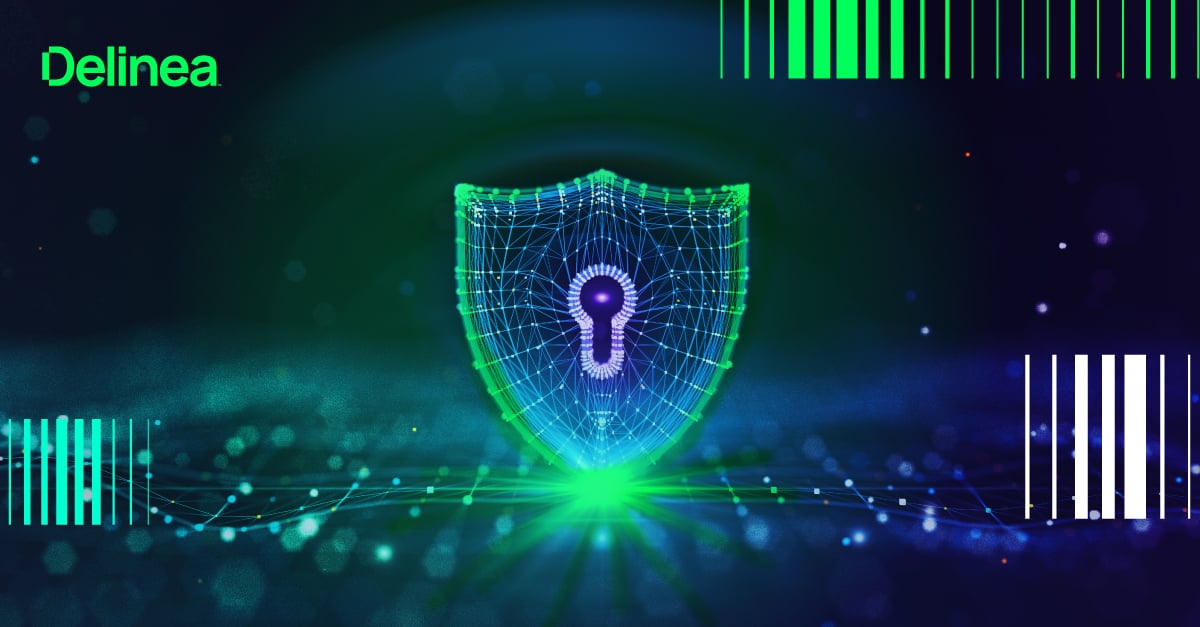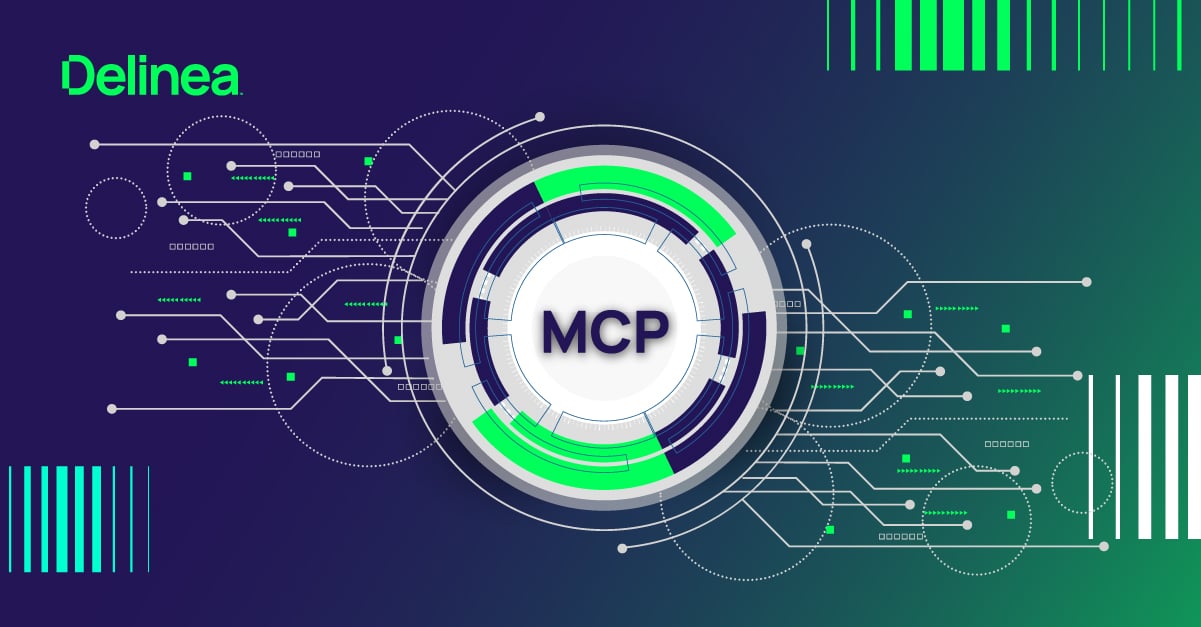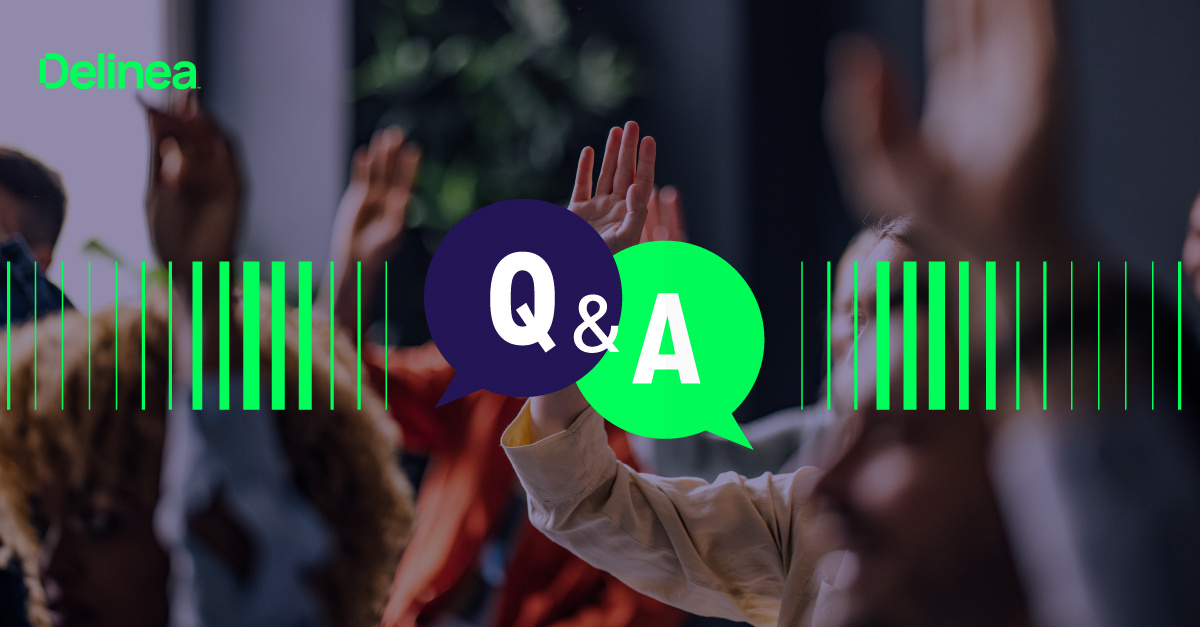Part 2: How the Delinea platform delivers value beyond security
In Part 1 of this series on identity security, How to evaluate an identity security platform: 10 questions that matter, we explored ten questions designed to test whether an identity security platform delivers real architectural strength. Now we'll see what some of the answers look like in practice, using the Delinea Platform as the example.
The Delinea Platform is best known for powering products like Secret Server, Identity Threat Protection, and Privilege Control for Servers. But the platform foundation underneath those products is what enables you to go beyond security, delivering benefits in compliance, investigations, productivity, interoperability, and cost control.
These examples show how a well-architected platform turns shared services into cross-functional benefits, improving compliance, investigations, and operations beyond security alone.
1. How does the platform centralize compliance data and audit feeds?
The Delinea Platform provides a centralized logging and audit service to which all products are published.
Whether it's privileged credential use in Secret Server, privilege elevation via Privilege Manager, or Windows and Linux session activity in Privilege Control for Servers, the activity is normalized and fed into a single audit pipeline.
That pipeline can be consumed directly via APIs, exported to SIEM systems, or integrated into compliance dashboards, helping streamline reporting across frameworks like NIST CSF, PCI DSS, HIPAA, and SOX.
This means audit data isn't fragmented by product. Instead, compliance teams pull from one consistent source of truth, dramatically cutting preparation time and reducing the risk of inconsistent evidence.
2. Does the platform provide lifecycle modeling services that all products can consume?
Yes. Lifecycle modeling is built into the Delinea Platform as a shared service, not an add-on.
The platform's Identity Lifecycle Management service provides joiner-mover-leaver (JML) processing. The Delinea Platform integrates JML signals from systems of record. Other Delinea products can consume this data, as can external tools via APIs, to streamline provisioning and deprovisioning.
This consistency reduces role drift and eliminates orphaned accounts. It also reduces provisioning mistakes by ensuring that account creation, updates, and removals follow the same lifecycle model across all systems. When roles change, access adjusts automatically, and deprovisioning happens without delay. All changes are logged at the platform layer, ensuring auditability.
And because lifecycle services are exposed as APIs, external systems can subscribe to the same events, extending automation into ITSM or HR systems.
3. Can the platform correlate identity activity across domains for investigations?
The Delinea Platform includes an event correlation service that links actions across products and domains. Graph-style correlation turns fragmented product logs into a unified identity narrative.
For example, if a privileged credential is retrieved from Secret Server, used to log into a server, and then triggers an anomalous action detected by Identity Threat Protection, the platform correlates those into a single identity trail. Investigators can see the entire chain, not isolated product logs.
This correlation is presented in graph-style views, allowing analysts to visually pivot across identities, privileges, and resources. Delinea AI identifies related alerts and consolidates them into "Cases," representing end-to-end anomalous activity. Instead of days spent stitching logs, identities, permissions, group memberships, and alerts, investigations become faster and more accurate, helping reduce mean time to detect (MTTD) and respond (MTTR).
4. Does the platform support all identity types at its core, including human, machine, AI, and cloud-native?
The Delinea Platform can inventory and govern multiple identity types, including human and machine, and integrate with cloud sources to expand coverage.
- Human identities: workforce, developers, administrators, and vendors.
- Machine identities: service accounts, API keys, certificates.
- Cloud-native and AI identities: container workloads, serverless functions, and AI agents.
Discovery capabilities bring unmanaged identities into inventory, while classification services standardize attributes across identity types. This shared inventory feeds multiple products, ensuring that all identities are subject to the same governance and policy enforcement.
As AI-driven automation grows, this capability is particularly important. Identities aren't just people anymore, and Delinea's platform ensures they're all managed consistently.
5. Does the platform implement shared signals and open standards like MCP?
Yes, interoperability is a design principle of the Delinea Platform.
Crucially, Delinea is embracing open standards, such as the Model Context Protocol (MCP). MCP enables AI agents to securely interact with enterprise systems without exposing secrets. Through the open-source Delinea MCP Server, AI agents can consume temporary tokens instead of raw credentials, while all actions are logged with full identity context.
This future-proofs the platform. As AI agents become more common, Delinea ensures interoperability and governance through open standards, not proprietary connectors.
6. Is there a centralized policy service that governs all products?
The Delinea Platform includes a centralized policy engine that applies across platform products and identity types.
Administrators define policies once, for example, MFA requirements, just-in-time access conditions, or session recording rules, and those policies are enforced consistently across vaulting, privilege management, server control, and cloud entitlements.
The policy engine is context-aware, supporting conditional rules based on risk score, device posture, or location. Because it lives at the platform layer, policies apply equally to human users, service accounts, and AI agents.
This consistency reduces policy drift, simplifies audits, and gives you confidence that their identity controls are uniformly applied.
7. What automation and orchestration services does the platform expose?
Automation is a core service of the Delinea Platform.
At the heart is an event bus and workflow orchestration engine. Lifecycle events, anomalies, and access requests can all generate platform-level events. Through APIs, webhooks, and integrations, events can trigger automated actions across products and external systems.
Examples include:
- When a JML event is processed, access can be revoked automatically across connected systems or credentials rotated without manual intervention.
- Automatically revoking access when a high-risk anomaly is detected.
- When shadow IT accounts are detected, automatically vaulting them.
- Rotating credentials across multiple systems when a JML event occurs.
By exposing orchestration at the platform level, workflows are defined once and reused across multiple products. This reduces duplication, minimizes human error, and extends automation into the wider IT ecosystem.
8. What session and activity visibility services are built into the platform?
The Delinea Platform provides shared session monitoring and recording services.
The Delinea Platform centrally manages and analyzes privileged activity on Windows, Linux, and Unix systems. This includes sessions launched from the Delinea Platform (Secret Server or Privileged Remote Access), as well as sessions originating from direct server logins (SSH or RDP) whose recordings are automatically forwarded by Server Suite to the Platform.
Investigators can replay sessions, search within them, and leverage Auditing powered by Delinea Iris AI to automatically search the recording for anomalies, all through the platform. Because it's centralized, evidence is consistent, and storage/indexing is handled once rather than replicated across products.
9. How is the platform architected for scale and resilience?
The Delinea Platform is designed as a cloud-native, multi-tenant service, optimized for enterprise-scale and high availability with regional redundancy.
- High availability: 99.995% uptime SLA
- Elastic scaling: supports millions of identities and requests across geographies
- Global redundancy: regional failover and disaster recovery built in
- Performance: latency minimized through edge services and regional presence
Because scale and resilience are platform-level properties, all products benefit equally. Customers don't need to evaluate resilience product by product; it's guaranteed by the shared foundation.
10. What is the platform's contribution to productivity and cost savings?
The Delinea Platform reduces duplication through shared services. By consolidating common services (e.g., logging, policy constructs, automation hooks), teams can reduce duplication and integration overhead, simplify operations, minimize tool sprawl, and decrease integration costs. IT and compliance teams spend less time reconciling logs, provisioning accounts, or re-implementing policies across products.
The result is measurable cost savings: fewer licenses to manage, reduced staff effort for audits, faster onboarding, and shorter investigation times. Productivity improves not just for security teams, but for IT admins and compliance officers too.
Wrapping up
When evaluating an identity platform, the key is to look beyond the individual products. The real differentiator is the shared services at the platform layer: audit pipelines, lifecycle Engines, correlation layers, policy enforcement, automation, visibility, and interoperability through standards like MCP.
The Delinea Platform delivers on all of these. By consolidating identity security capabilities onto a unified foundation, it provides not only strong security but also compliance efficiency, reduced provisioning errors, faster investigations, automation-driven productivity, and lower cost of ownership.
That's the difference between a product suite and a true platform: the shared services underneath deliver measurable business value, faster audits, fewer errors, and lower operational overhead.
Again, take a look at Part 1, How to evaluate an identity security platform: 10 questions that matter, and contact us with any questions of your own.


